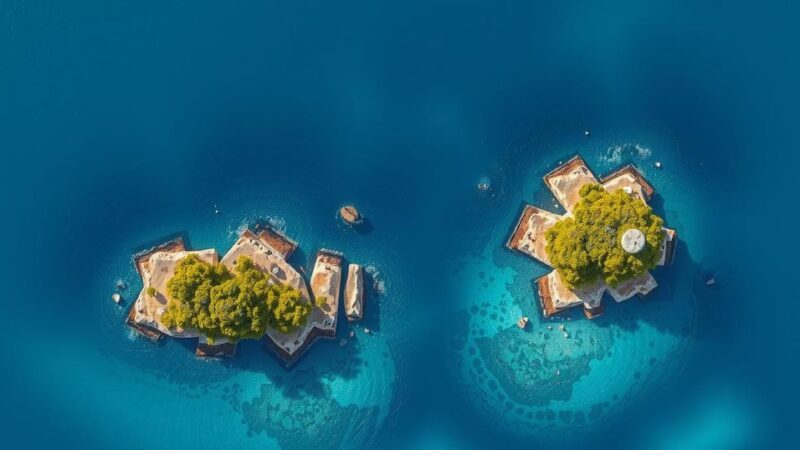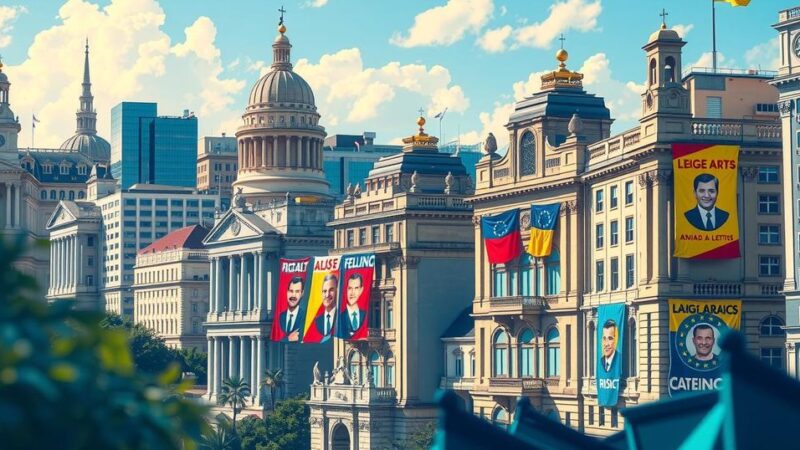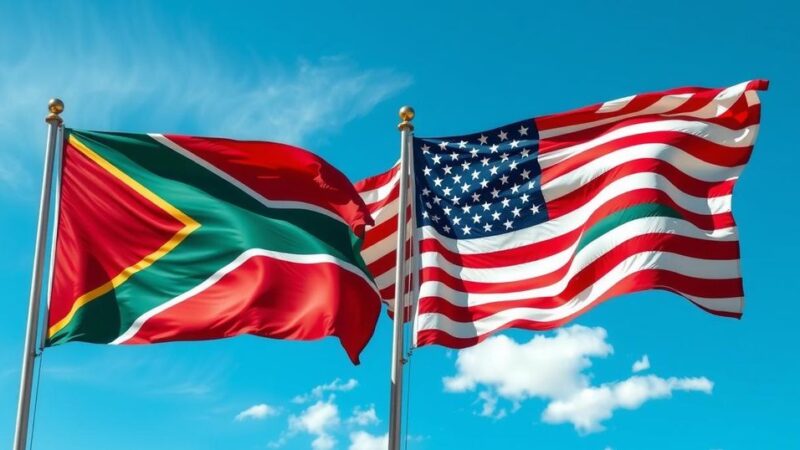Colombian President Gustavo Petro met Pope Leo XIV, discussing climate change and peace in Colombia. He highlighted the urgency of addressing environmental crises over migration issues, which he warned could harm future generations. Petro also spoke about the evolving domestic conflict in Colombia and expressed hope that the Pope could influence U.S. perspectives. Additionally, he invited the Pope to Colombia to visit significant cultural sites.
On May 19, 2025, Colombian President Gustavo Petro had a significant meeting with Pope Leo XIV at the Vatican, where he presented the pressing issues facing Colombia, including internal peace and environmental sustainability. Lasting for 22 minutes, this encounter took place within the private setting of the Apostolic Palace and was described as both cordial and intense. This marked President Petro’s first audience with the newly elected Pontiff.
During the meeting, Petro made urgent appeals, positioning climate change not just as an abstract issue but rather at the core of global politics and humanity’s future. He stated, “If the U.S. government continues to treat migration as the core issue, it will end up sacrificing its own children.” This striking remark emphasized his belief that tackling climate change must take precedence over other agendas, warning that neglect in this area would lead to further distress and conflicts, particularly for those displaced by environmental factors.
Petro expressed a hope that Pope Leo XIV, who has American roots and a deep understanding of Latin American contexts, could help illuminate these concerns for U.S. leaders. Petro’s phrase, “the real priority: life itself,” captured a significant theme of the discussion, suggesting that more focus should be placed on nurturing life and addressing basic human rights.
The conversation also touched upon Colombia’s ongoing domestic issues. Petro noted the transformation of guerrilla groups, particularly the ELN, which he said had strayed from their original revolutionary goals and become enmeshed in the drug trade. Nevertheless, he asserted that opportunities for reconciliation remain viable. He acknowledged, “The banners of transformation were traded for the flags of Mexican cartels, but there is a second chance.” He praised nations like Cuba and Venezuela for facilitating peace talks while suggesting that the Vatican might serve as an even more powerful setting for these discussions.
Following the meeting, Archbishop Paul Richard Gallagher, Vatican Secretary for Relations with States, continued discussions with President Petro, emphasizing their shared goals of peace and dialogue within Colombia and the broader Latin American region. This development underscored the long-standing diplomatic ties between Colombia and the Holy See, which both sides are determined to nurture.
In a more personal reflection, Petro shared his experience visiting the Sant’Egidio community, which reveres artifacts from the Holy Land. He connected these historical symbols to contemporary global violence, particularly mentioning Palestine, noting the continuity of suffering across time and geopolitics.
Before concluding his visit, President Petro extended an invitation to Pope Leo XIV to visit Colombia, which piqued his own enthusiasm. He suggested that the Pope visit cities like Bogotá as well as notable sites such as Chiribiquete National Park in the Amazon and Santa Marta, known as the “heart of the world” by local Indigenous peoples. He described Chiribiquete’s unique historical significance, remarking, “That place is proof that we were not discovered—we were already here,” to challenge dominant colonial narratives.
President Gustavo Petro’s meeting with Pope Leo XIV highlighted critical issues facing Colombia, including climate change and domestic conflict, while also seeking to bridge understanding with the United States. The emphasis was placed on prioritizing life and tackling environmental crises. Moreover, Petro’s invitation for the Pope to visit Colombia reflects both cultural significance and a hopeful push for reconciliation and dialogue. This engagement symbolizes ongoing efforts to foster peace in a region marked by complex challenges.
Original Source: zenit.org






